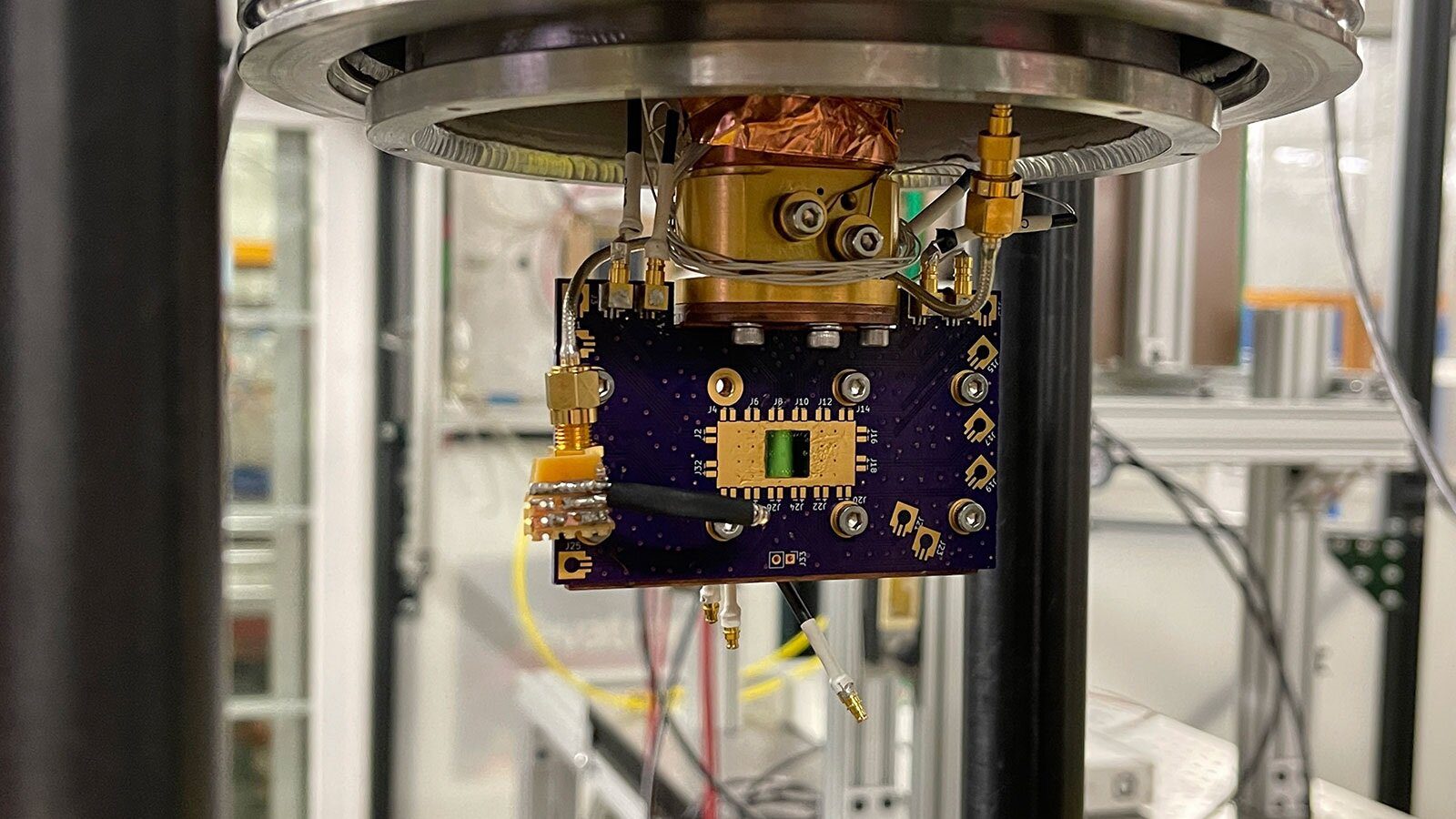

Particle detectors are essential tools for unraveling the mysteries of the universe’s fundamental components. They enable scientists to investigate the characteristics and behaviors of particles generated in high-energy collisions. In large accelerators, particles are accelerated to speeds nearing that of light before being collided with targets or other particles, where they are subsequently examined with various detectors. Unfortunately, conventional detectors often fall short in the sensitivity and accuracy needed for specific research applications.
At the U.S. Department of Energy’s Argonne National Laboratory, researchers have achieved a groundbreaking advancement in high-energy particle detection through recent experiments at the Fermilab Test Beam Facility.
These scientists have identified a novel application for superconducting nanowire single-photon detectors (SNSPDs), which have previously been used exclusively for photon detection, the basic units of light. These highly sensitive and precise instruments operate by capturing individual photons, causing small electrical changes in the superconducting nanowires at very low temperatures. This reaction allows for the detection and quantification of photons. Such specialized detectors are vital for applications in quantum cryptography (securing hidden information), advanced optical sensing (precision light measurement), and quantum computing.
The findings are detailed in a recent publication in the journal Nuclear Instruments and Methods in Physics Research Section A: Accelerators, Spectrometers, Detectors and Associated Equipment.
The research team has revealed that these photon detection sensors can also serve as extremely precise particle detectors, specifically targeting high-energy protons used in particle accelerators. Protons, positively charged particles found within the atomic nucleus of all elements, are now notably more accessible for study.
“This was a pioneering application of the technology,” commented Argonne physicist Whitney Armstrong. “This crucial step demonstrated that our approach functions as intended since these detectors have primarily been designed for photons. It sets the stage for future impactful applications.”
The team customized SNSPDs with varying wire dimensions and conducted tests using a beam of 120 GeV protons at Fermilab, which was the closest facility available for this experimentation. The high-energy protons allow researchers to replicate and investigate the conditions under which SNSPDs might excel in high-energy physics experiments, yielding invaluable insights into their performance and potential applications.
The experimentation indicated that wire widths less than 400 nanometers—compared to the approximate 100,000-nanometer width of a human hair—exhibited the exceptional detection efficiency required for sensing high-energy protons. An optimal wire width of approximately 250 nanometers was determined for this specific application.
Beyond their impressive sensitivity and precision, SNSPDs function effectively in high magnetic environments, making them ideal for use in superconducting magnets found in accelerators that increase particle speeds. The ability to detect high-energy protons with SNSPDs has not been previously documented, opening new avenues for particle detection applications.
“This marked a successful technology transfer from quantum sciences, specifically photon detection, into experimental nuclear physics,” stated Argonne physicist Tomas Polakovic. “We adapted the photon-sensing device with minimal modifications to enhance its performance in magnetic fields and for particle detection. The results matched our expectations perfectly.”
This research also showcases the potential for implementation of the technology in the Electron-Ion Collider (EIC), an advanced particle accelerator currently under construction at the Brookhaven National Laboratory. The EIC aims to collide electrons with protons and atomic nuclei (ions) to gain deeper insights into the internal structures of these particles, including the quarks and gluons forming protons and neutrons.
The EIC necessitates highly sensitive and precise detectors, making SNSPDs essential tools for capturing and analyzing particles produced from collisions within this facility.
“The range of proton energy we tested at Fermilab aligns perfectly within the energy spectrum we will observe at the EIC, making these trials ideal,” remarked Sangbaek Lee, a postdoctoral researcher in physics at Argonne.
The research team utilized the Reactive Ion Etching tool at the Center for Nanoscale Materials, a facility supported by the DOE Office of Science. Additional contributors to this work included Alan Dibos, Timothy Draher, Nathaniel Pastika, Zein-Eddine Meziani, and Valentine Novosad.
Further details:
Sangbaek Lee et al, Beam tests of SNSPDs with 120 GeV protons, Nuclear Instruments and Methods in Physics Research Section A: Accelerators, Spectrometers, Detectors and Associated Equipment (2024). DOI: 10.1016/j.nima.2024.169956
Provided by
Argonne National Laboratory
Citation:
From photons to protons: Team achieves breakthrough in high-energy particle detection (2025, February 11)
retrieved February 12, 2025
from https://phys.org/news/2025-02-photons-protons-team-breakthrough-high.html
This document is protected by copyright. Other than fair dealing for private study or research, this content may not be reproduced without written consent. The information is provided solely for informational purposes.









